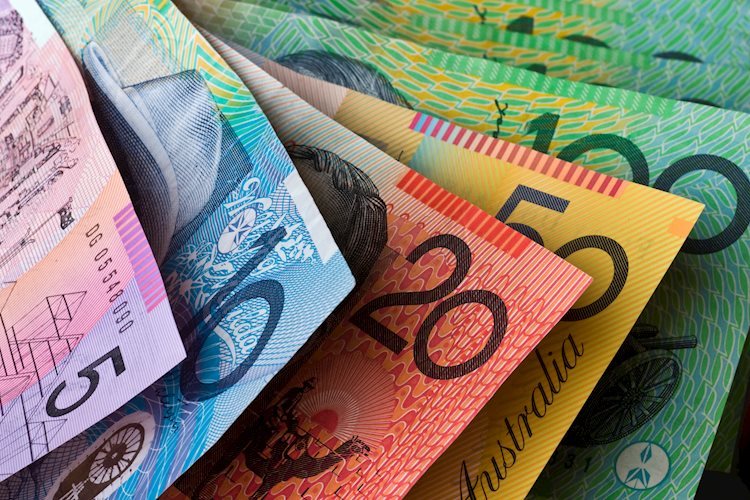**Share:**
The Australian Dollar could continue to strengthen based on the hawkish tone of RBA Governor Bullock. The chief policymaker in Australia emphasized that the inflation challenge is driven by domestic demand. The US Dollar is experiencing downward pressure due to the increasing likelihood of further rate hikes by the Fed. Improved US Treasury yields could provide support for the Greenback. The Australian Dollar struggles to maintain its gains as the US Dollar recovers recent losses on Friday. However, the US Dollar experienced a modest drop on Thursday in a low-volume session, given the closure of US markets for Thanksgiving. Despite Australian PMI hitting multi-month lows, the Australian Dollar continues to receive upward support. This can be attributed to the hawkish comments from RBA Governor Michele Bullock, who highlighted that the inflation challenge is increasingly fueled by domestic factors, especially demand. Bullock emphasized that monetary policy tightening is the appropriate response to demand-driven inflation.
**Daily Digest Market Movers:**
The Australian Dollar gains ground on the hawkish RBA tone and lower expectations of Fed rate hikes. The preliminary Judo Bank Manufacturing PMI (MoM) declined to 47.7 in November, compared to the previous month’s 48.2. Judo Bank Services PMI dropped to 46.3 from the previous 47.9, and the Composite PMI decreased to 46.4 from the prior reading of 47.6. RBA Governor Michele Bullock mentioned that prices are rising strongly for most goods and services, with service costs increasing due to high demand. The RBA’s liaison with firms indicates persistent domestic cost pressures, with high capacity utilization and a tight labor market.
**Technical Analysis:**
The Australian Dollar hovers around the 0.6560 level on Friday. The AUD/USD pair has surpassed the barrier at the significant 0.6550 level, opening the potential for a revisit to the three-month high at 0.6589. On the downside, the seven-day Exponential Moving Average (EMA) at 0.6536 could serve as crucial support, followed by the 23.6% Fibonacci retracement at 0.6514.
**Australian Dollar Price Today:**
The table below shows the percentage change of the Australian Dollar (AUD) against listed major currencies today. The Australian Dollar was the weakest against the Japanese Yen.
**RBA FAQs:**
The Reserve Bank of Australia (RBA) sets interest rates and manages monetary policy for Australia. Decisions are made by a board of governors at 11 meetings a year and ad hoc emergency meetings as required. The RBA’s primary mandate is to maintain price stability and contribute to the stability of the currency, full employment, and the economic prosperity and welfare of the Australian people. Its main tool for achieving this is by raising or lowering interest rates. Moderately higher inflation tends to lead central banks to put up their interest rates, which in turn has the effect of attracting more capital inflows from global investors seeking a lucrative place to keep their money. This increases demand for the local currency, which in the case of Australia is the Aussie Dollar. Macroeconomic data gauges the health of an economy and can have an impact on the value of its currency. Classic indicators, such as GDP, Manufacturing and Services PMIs, employment, and consumer sentiment surveys can influence AUD. Quantitative Easing (QE) is a tool used in extreme situations when lowering interest rates is not enough to restore the flow of credit in the economy. QE is the process by which the RBA prints Australian Dollars (AUD) for the purpose of buying assets – usually government or corporate bonds – from financial institutions, thereby providing them with much-needed liquidity. QE usually results in a weaker AUD. Quantitative tightening (QT) is the reverse of QE. It is undertaken after QE when an economic recovery is underway and inflation starts rising. QT would be positive for the Australian Dollar.
